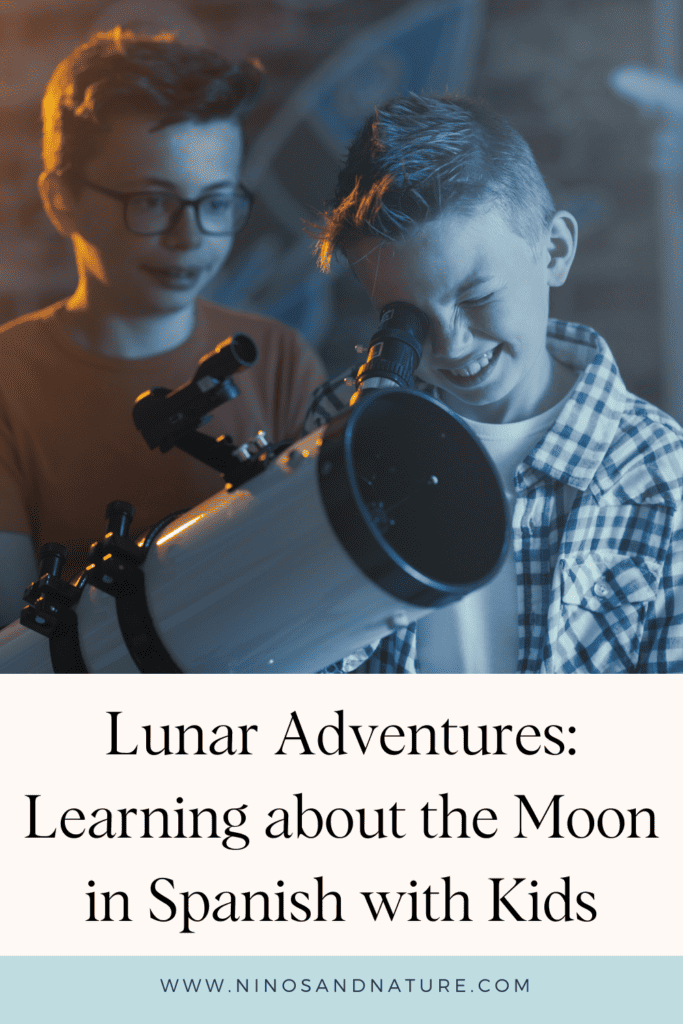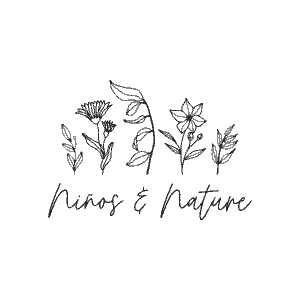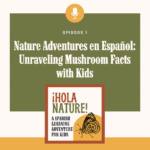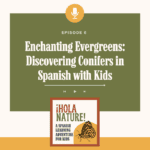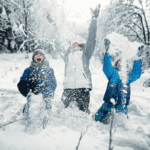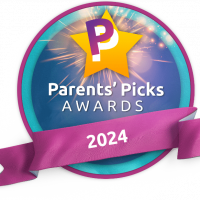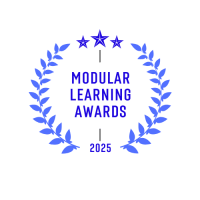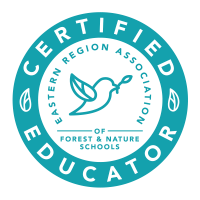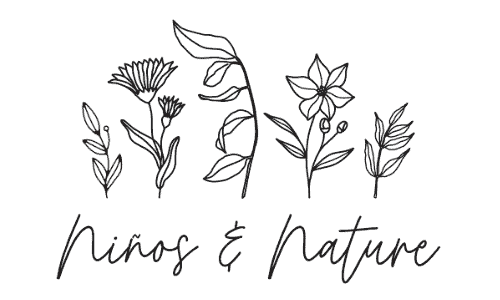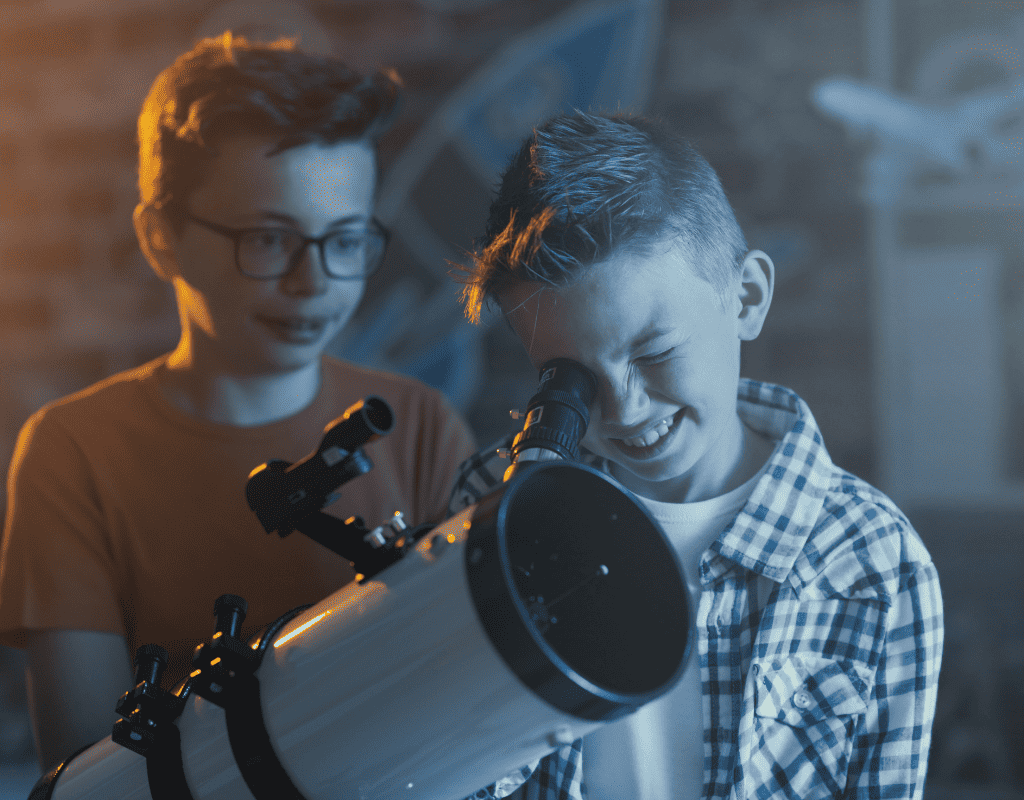
In this post: Are You Ready for a Lunar Adventure? Learn Spanish with Kids and Explore the Moon with a Spanish Podcast for Kids, Fun Activities, and Spanish Children’s Books. Post contains affiliate links.
Learning another language is an exciting adventure for kids! One of my favorite ways to help kids learn Spanish is teaching them about the world around them, using nature as our guide. Exploring the moon and its phases is a great way to get kids excited about learning Spanish while also diving into nature study. On Episode 13 of ¡Hola Nature! a Spanish podcast for kids, we blast off and learn all about the moon and the phases of the moon in Spanish.
Introducing key vocabulary and phrases related to the moon and its phases is a great way for children to expand their knowledge of the Spanish language, while also developing their curiosity for astronomy and the natural world. This blog post will provide parents and educators with tips and resources for teaching kids about the moon and phases of the moon in Spanish.
Table of Contents
How to say Moon in Spanish & Other Important Spanish Vocabulary
Learning a new language can be a fun and rewarding experience for both children and adults. One way to engage with the Spanish language with children is by exploring the vocabulary related to the moon and its phases. Not only can it be a gateway to understanding science concepts, but it can also help build their language skills. Here are 15 Spanish words related to the moon and its phases, along with their pronunciation guides and English translations:
– La Luna (loo-nah) – Moon
– El Sol (sohl) – Sun
– El Cráter (crah-ter) – Crater
– La Fase (fah-seh) – Phase
-La Fase de la Luna (fah-seh deh lah loo-nah) – Phase of the Moon
– Luna llena (loo-nah yeh-nah) – Full moon
– Luna media (loo-nah meh-dyah) – Half moon
– Luna nueva (loo-nah nweh-bah) – New moon
– Luna creciente (LOO-nah kreh-syehn-teh) – Crescent moon
– Luna menguante (loo-nah mehn-gwahn-teh) – Waning moon
– La Gravedad (grah-veh-dad) – Gravity
– La Órbita (or-bee-tah) – Orbit
– La Sombra (sohm-brah) – Shadow
– El Espacio (eh-spah-syoh) – Space
Spanish Songs about the Moon for Kids
Music is a powerful tool to engage children in learning Spanish, and integrating science concepts with music can improve students’ understanding and retention of the information. Spanish songs about the moon can introduce children to new vocabulary words related to the moon and space exploration, and reinforce grammar concepts such as verbs and sentence structure. Additionally, learning through music can enhance children’s listening, speaking, and comprehension skills. Using a multi-sensory approach can also increase interest, motivation, and enjoyment of the learning process. Here are some of my favorite songs about the moon and outer space in Spanish. Warning – they will get suck in your head!
*This last song is in English but it’s so good!
Spanish Poem for Kids about the Moon
La Luna
Viento sopla,
La luna que no flota,
Se ha ido lejos a buscar,
La estrella fugaz a encontrar.
Luna amarilla,
Mi farolito brilla,
Llena la noche con tu luz,
Alumbra mi camino azul.
Rough English Translation:
The wind blows,
The moon that doesn’t float,
Has gone far away seeking,
The shooting star.
Yellow moon,
My lantern shines,
Fill the night with your light,
Light my blue path.
My Favorite Children's Books about the Moon in Spanish and English
Besides these fun Spanish songs and poems, make sure you grab some books about the moon to deepen your learning! These are some of my favorite books to read with my own children all about la luna.
Tune in to the 13th Episode of ¡Hola Nature! Spanish Podcast for Kids
As you can see, teaching kids about the moon in Spanish can be a fun and engaging experience with the help of these bilingual books and podcasts. Not only does it broaden their language learning horizons but it also expands their knowledge about astronomy and science. Ultimately, incorporating language learning with nature study helps children build connections and understand scientific concepts in a fun and exciting way, making them more likely to retain information and apply it in real-world situations.
If you’re wanting to learn even more about the moon in Spanish, my bilingual nature study curriculum has a complete lesson dedicated to la luna! Check out Spanish in the Wild in winter, en invierno to learn more. I hope this blog post helps you feel more empowered and ready to teach your kids about the moon en español!
Like this post? Share it & Save it!
